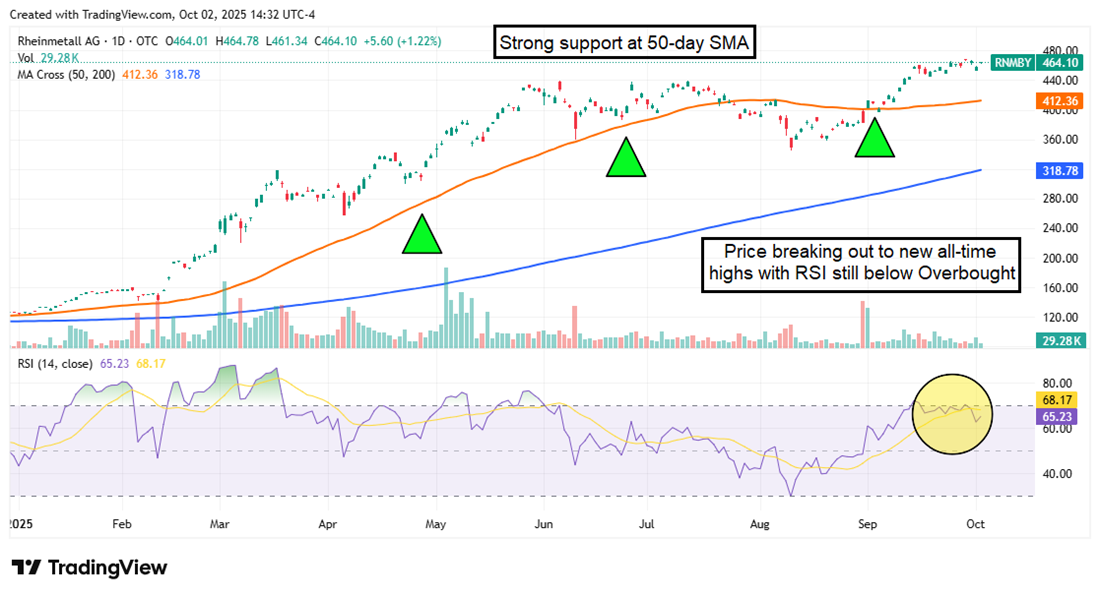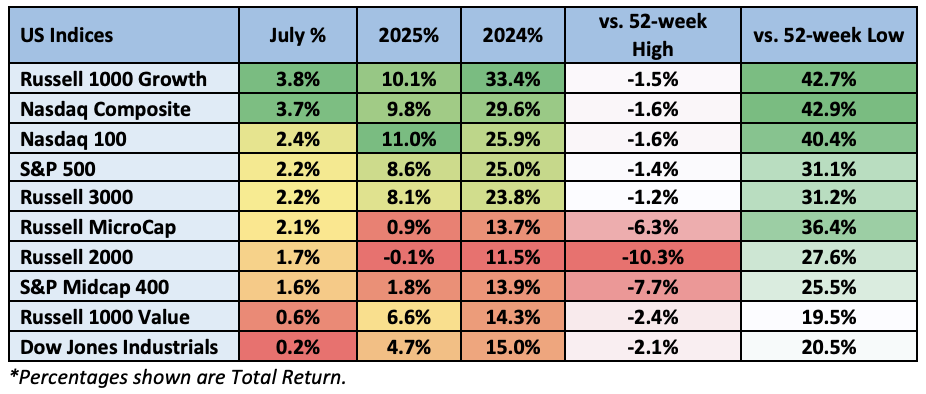Anita Posch, a well-respected Bitcoin educator, and the author of the book “(L)earn Bitcoin”, embarked on her second test of self-custodial Lightning wallets in Zimbabwe, where very few Africans have engaged with the available options. The complexity of the Lightning infrastructure, especially the challenge of running a network node on a mobile app, has deterred widespread use and testing. As an educator, her focus lies in recommending reliable tools for everyday users who seek to make small payments without encountering any issues that would lead them to question the compatibility of Bitcoin with their needs.
Posch has been using Lightning wallet since January 2019, and her familiarity with testing new tools allows her to approach challenges and bugs with an open mind. However, she is acutely aware that regular users may not be as forgiving, and thus aims to endorse only those tools she has personally vetted.
Exploring Lightning Wallets: New Additions and Objectives
In 2023, only Breez and Phoenix were available as self-custody Lightning wallets. However, this year presented more alternatives. Posch has tested Blixt, Mutiny, Green, Zeus, and Phoenix, in addition to including the Wallet of Satoshi, a custodial wallet, for a comparative study. She has observed significant developments in all these wallets, understanding that they are still evolving. Posch even went as far as manually downloading Mutiny and acquiring an .apk file to install it on an Android phone. In the case of Green wallet, she sought BlockStream’s permission to unlock its experimental Greenlight feature for testing purposes.
The primary aim of her research was to identify the most efficient wallets for sending and receiving bitcoin reliably, swiftly, and with user-friendly functionality. Additionally, she sought to compare the associated costs.
Establishing the Initial Set-Up
Prior to venturing into rural areas to test the wallets under suboptimal conditions, Posch set up the wallets and opened a Lightning payment channel in Harare. Given her year-long experience in Zimbabwe, she anticipated low internet signal challenges, even with reasonably fast internet. She noted that in Zimbabwe, even the upload and download of small files could be problematic.
Using the internet at a friend’s house, she tested the fastest internet provider in Harare, which also happens to be the most expensive, at a monthly cost of $300 for unlimited usage. The download speed tested at 92.7 Mbps, with an upload speed of 14.6 Mbps. Despite having access to fast internet, it still took some time to install the apps, secure the private keys, and open a Lightning channel to become a part of the network.
Initiating a Channel
To maintain consistency, Posch followed a test protocol for each wallet. She installed the wallets and sent 100,000 sats (~$42 at current prices) on December 26 and 27 to open a Lightning channel. Opening a channel on the Lightning Network requires two transactions on the Bitcoin blockchain to be established, ensuring constant connection to the blockchain. Posch emphasized that the value of the bitcoin on the Bitcoin blockchain and the bitcoin on the Lightning network are equivalent, with no distinction in value.
Determining the Most Economical Channel Opening Method: Bitcoin, Lightning, or Liquid
Posch explored various methods for opening a channel: sending on-chain bitcoin, transferring Lightning directly from another wallet, or through a swap from Liquid, with some wallets also offering inbound liquidity for purchase. She experimented with all these methods, appraising the setup speed and associated fees.

Bitcoin On-Chain
Posch used a Lightning payment to open a channel on all wallets, except for Blixt, where she was only able to find the on-chain option. Notably, she encountered a delay with Blixt, as the channel opened only after a second on-chain transaction confirmation, unlike the other wallets. This delay, compounded by slow internet speed, posed a substantial challenge. Even through the trying circumstances, Posch acknowledged that it was difficult to gauge how other wallets would have fared under similar conditions.
Lightning and Liquid
For the channel openings on Green and Zeus, Posch utilized Liquid and swapped via Boltz.exchange to Lightning due to high transaction fees at the time. She pointed out that opening a channel from Liquid, a sidechain of Bitcoin, was a far more economical approach under the circumstances. While highlighting the benefits of Liquid, she also noted the additional trust involved in utilizing it compared to Bitcoin and Lightning.
Cost Analysis
Posch compared all network fees, transaction costs, and service fees associated with the different methods of opening a channel. She observed that the cost of the incoming transaction to open the channel was the highest with Blixt.
The Battle of the Bitcoin Wallets: Testing Payment Speed and Reliability
Varied Costs for Opening Channels
As of 2024, the average fee rate for opening a Lightning Network (LN) channel stood at 110 sat/vByte ($0.000054). The cost was lowest when using Lightning directly from another LN wallet. In contrast, the route using Liquid and Boltz was slightly costlier than using Lightning.

After opening channels, the available balance varied significantly. Zeus had the lowest balance of 52,500 sats, while Green held the highest at 97,500 sats. Despite using Liquid for both, the difference in balances was striking. Green’s channel opening cost represented only 3.5% of its funds, making it the most cost-effective. In contrast, Zeus incurred an extravagant 48.5% in opening the channel.
Mutiny boasted the highest channel capacity and receivable amount at 100,000 sats but was also the second most expensive. Green, however, had a limiting incoming capacity of only 4,133 sats.
Navigating the Testing Terrain
To carry out payment tests on Jan. 1, 2024, I ventured through the scorching heat, meandering through rocks, grass, bushes, and trees in a location 30 km outside the capital city of Harare. While my friends marveled at the blooming flowers, I sought a stable internet signal for my two phones to conduct the planned tests.
After 30 minutes of searching, I settled in a shaded area with a stable NetOne signal to initiate the tests. Amidst the serene surroundings, I conducted a speed test, grappling with large ants while trying to focus. The results yielded a 4.21 Mbps download speed and 0.36 Mbps upload speed.

The Testing Commences
As I commenced testing the wallets, the Phoenix wallet opened promptly, while Green and Mutiny took 13 and 18 seconds, respectively. Conversely, Zeus failed to open, and Blixt, while opening, couldn’t synchronize the channels and wallet. Unsurprisingly, the custodial Wallet of Satoshi opened instantaneously.

Testing Payment Reliability and Speed
I initiated the payment tests, starting with sending 50,000 sats from the different wallets to my Phoenix wallet on the iPhone as a receiving end. While Phoenix swiftly processed the transaction in three seconds, Green and Mutiny followed suit, with Green encountering payment failure after a two and a half minute wait. Wallet of Satoshi proved to be slower than Phoenix, completing the transfer in nine seconds.
Payment Reliability and Liquid Swaps
The subsequent tests focused on receiving 30,000 sats from the Phoenix wallet and sending 20,000 sats to a Lightning address. The results demonstrated varied reliability across the wallets, with Phoenix and the Wallet of Satoshi emerging as the most dependable. Surprisingly, Green managed to send sats to a Lightning address, highlighting erratic performance across tests.
While the payment costs were marginal, the discrepancies in opening channel costs were stark. Green emerged as the most cost-effective option, in contrast to Zeus, which incurred exorbitant fees.

Conclusion
Despite the promising advancements, it is evident that the performance and costs associated with Bitcoin wallets are far from standardized. As the digital landscape continues to evolve, the battle for supremacy among wallets continues, with each vying for reliability, speed, and cost-effectiveness.
Insights into Self-Custodial Lightning Wallets in Rural Zimbabwe
Lightning wallets have been put to the test in rural Zimbabwe, a locale that poses formidable challenges for digital transactors. The performance and reliability of Phoenix, Mutiny, Green, Zeus, and Blixt were scrutinized, the aim being to uncover the most user-friendly, secure, and reliable self-custodial option available in this demanding environment.
Crucial Features Under the Microscope
The trial focused on distinctive attributes of each wallet, scrutinizing their user-friendliness and security aspects. Parameters examined included the backup process, cloud backup options, app lock preferences, on-chain wallet provision, coin control and UTXO management, and Lightning address functionality.
Backup Process
A paramount concern was the backup mechanism, with a preference for 12-word seed phrases due to their acceptable security and ease of storage. Green and Phoenix offered the advantageous 12-word seeds, while Blixt, Mutiny, and Zeus opted for 24-word seeds. Notably, Green was the sole wallet to enforce a “forced backup,” a design feature that prompts users to securely store their backup, aligning with best security practices.
Cloud Backup Considerations
Issues were raised regarding cloud backups, which can pose both convenience and security risks. While Blixt offered cloud backup for channels, some wallets, like Mutiny and Zeus, refrained from providing this option. The discussion delved into the potential accessibility challenges in regions like rural Africa, where cloud storage may not be readily available.
App Lock Preferences
Concerns were voiced about the security of the wallets, leading to an evaluation of their app lock preferences. Wallets such as Blixt, Mutiny, Green, and Zeus offered options for password or PIN-based security, whereas Phoenix’s sole provision was biometric, a point of contention that warrants further consideration.
Stand-alone On-chain Wallet
The availability of a separate on-chain Bitcoin wallet was deemed a significant feature, affording users the convenience of a single app for both Bitcoin and Lightning transactions. While most wallets – Blixt, Mutiny, Green, and Zeus – offered a separate on-chain Bitcoin wallet, Phoenix lacked this provision, integrating functionality for swapping in and out of Lightning and Bitcoin.
Coin Control and UTXO Management
A regrettable finding was the absence of coin control in the tested wallets, limiting users’ ability to manage transaction costs effectively. Green offered coin control but limited it to the desktop version, omitting it from the mobile platform.
Lightning Address Functionality
The existence of a Lightning address, akin to an email address, emerged as a valuable feature for asynchronous Lightning payments, yet it was notably absent from most self-custodial wallets. Discussion arose about the potential advantages of custodial services for Lightning addresses, invoking thoughts on practical strategies for routing sats to self-custodial wallets.
Test in Urban Area with LTE Connection
Upon returning to an urban area, further tests were conducted, resulting in continuous struggles with Green, Blixt, and Zeus. The wallets exhibited issues with syncing, node readiness, and failed Lightning payments, emphasizing the necessity for robust performance across diverse environments.
Overall Rankings for Lightning Self-Custody
From an educational standpoint, Phoenix and Mutiny emerged as leading contenders, offering robust performance and user-friendliness. Phoenix’s seamless functionality and speed outpaced even the custodial Wallet of Satoshi. Mutiny, while presenting a compelling user experience, revealed some drawbacks in channel opening and auto channel features.
Green, with its comprehensive options for Liquid and on-chain transactions, was marred by dysfunctional Lightning payments. Zeus and Blixt, tailored for advanced users, fell short in the tests, highlighting the need for improved reliability and performance. The importance of aligning wallet features with individual goals and requirements was reinforced, prompting introspection on the most suitable choice within the diverse landscape of Lightning wallets.
An Eye on the Future
In this enlightening evaluation of self-custodial Lightning wallets in rural Zimbabwe, valuable insights were gleaned, shedding light on the nuanced interplay of performance, reliability, and user-friendliness. The results underscore the profound impact of these attributes, drawing attention to the imperative of continual enhancement and adaptation in the dynamic realm of Lightning technology.
The views and opinions expressed herein are the views and opinions of the author and do not necessarily reflect those of Nasdaq, Inc.








